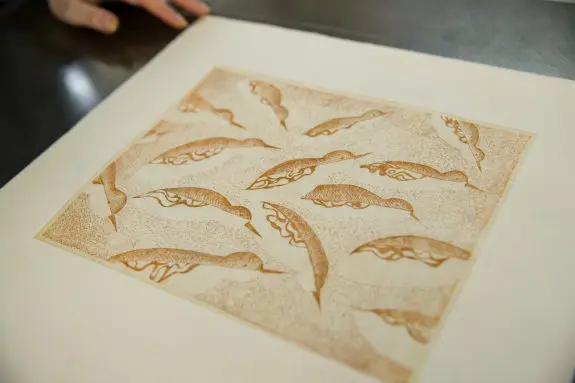
Through the symbol of this bird, I seek to echo the specificities of my cultural context. This project explores questions of identity, belonging, and the unique challenges and successes of adapting to a new country. The bird's migration becomes a symbol of these personal and shared experiences. Its journey serves as a metaphor for the questioning of my family and the wider immigrant community.
This process evokes the relationships between people, which sometimes unravel and change over time. I've witnessed emotional bonds left to life's circumstances. This is why migratory birds fascinate me, reminding me of the natural phenomenon of departure and return.
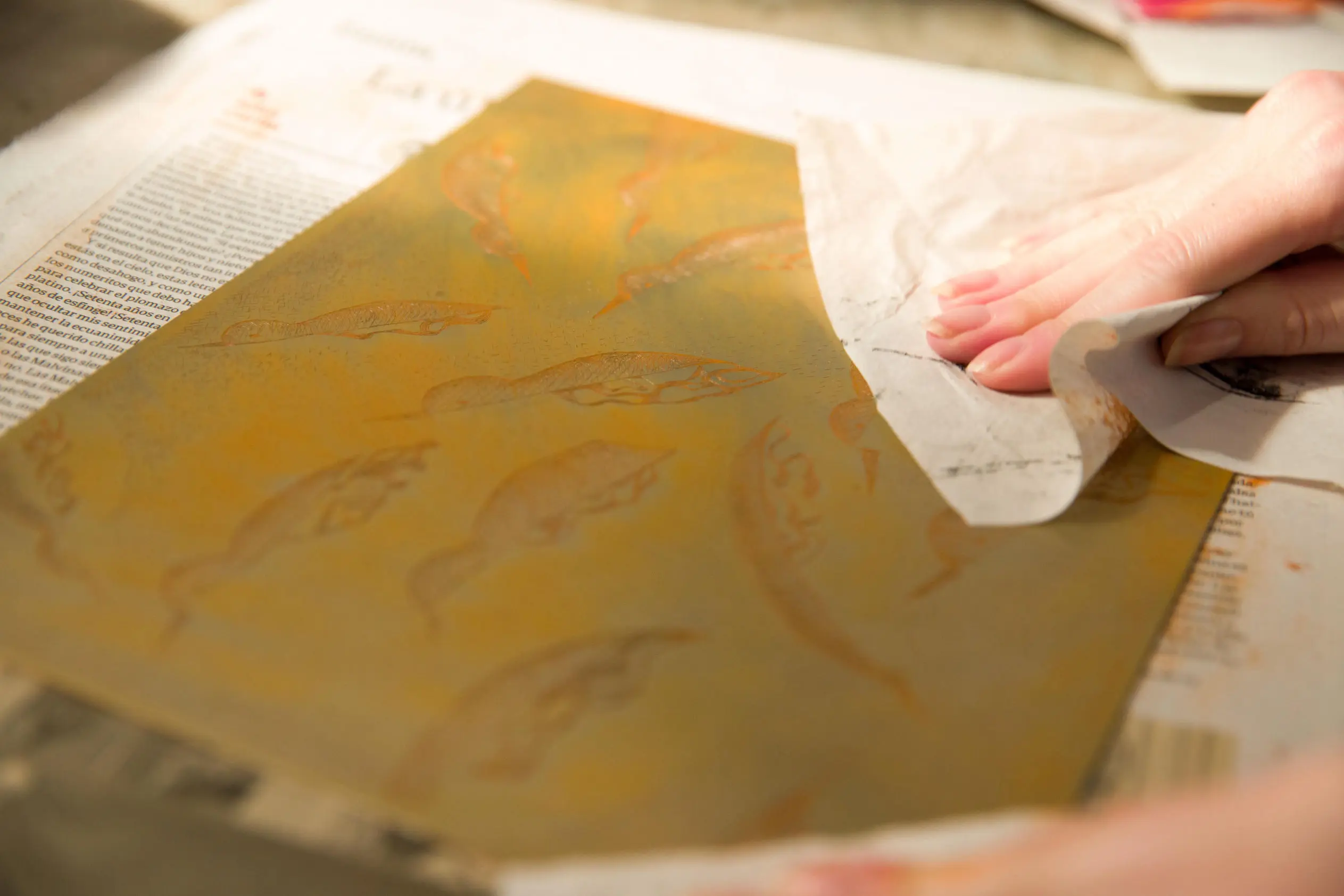


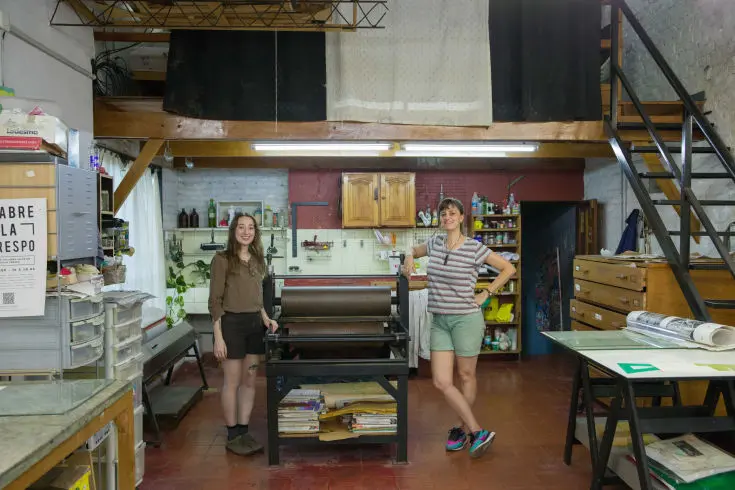
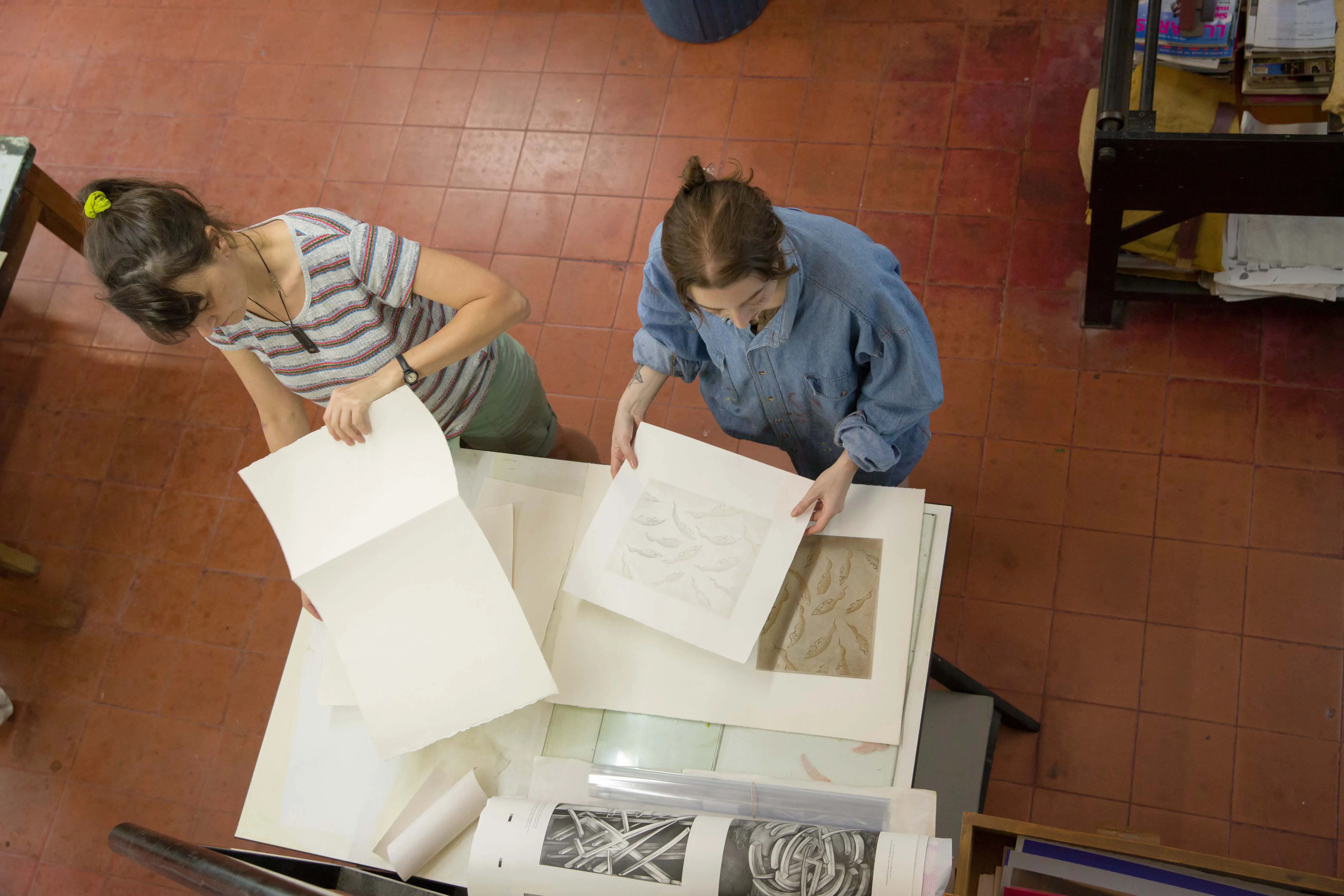
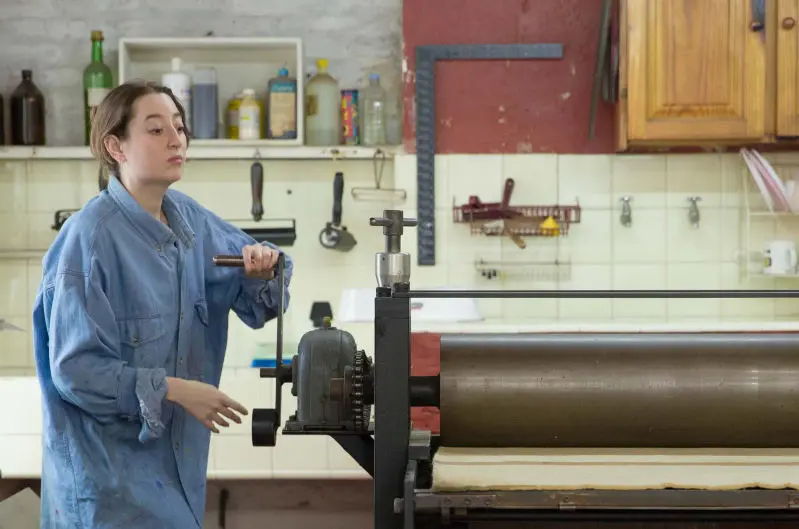
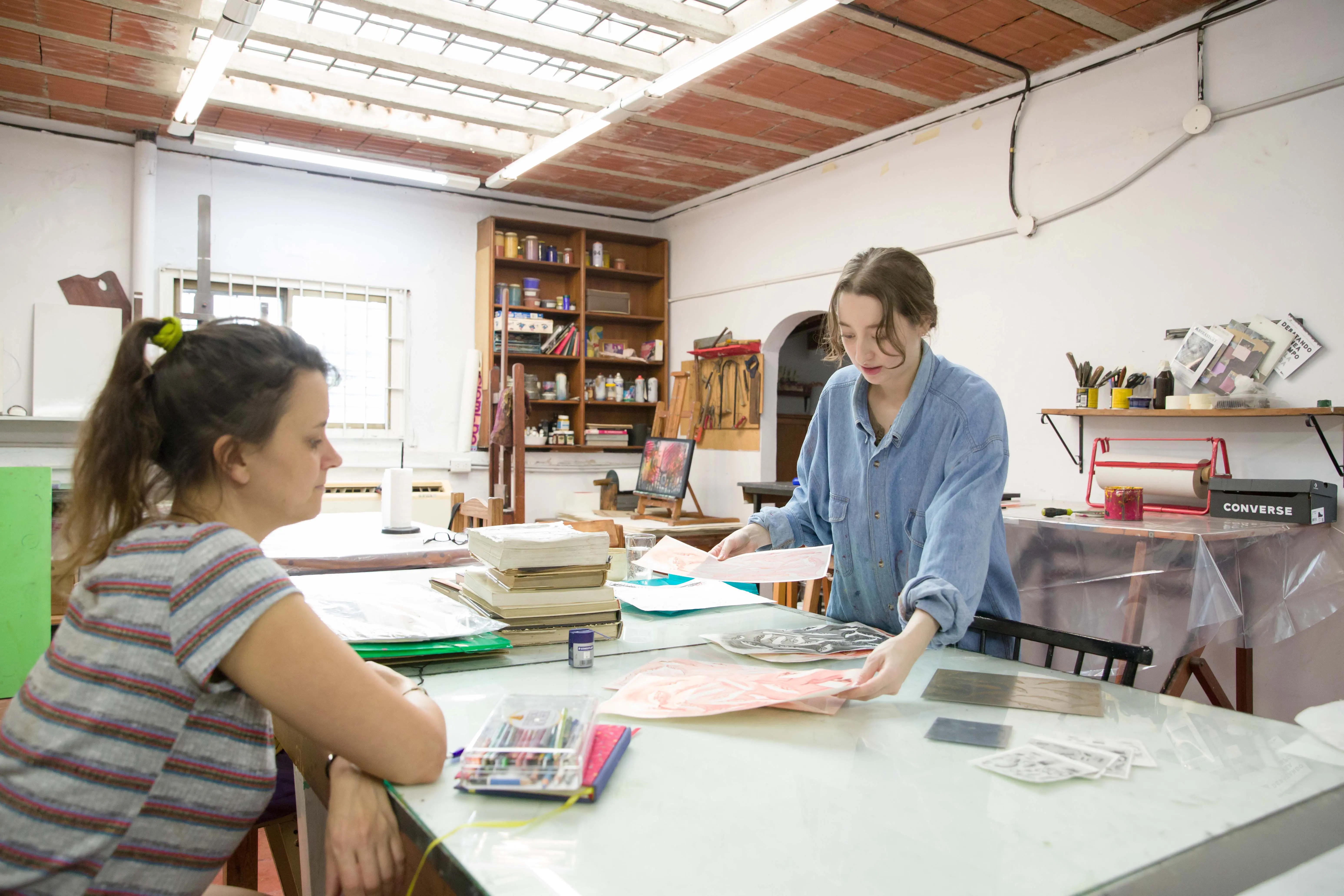
Sculpture
On paper
Digital
About